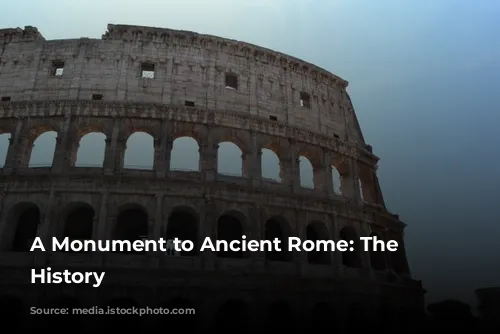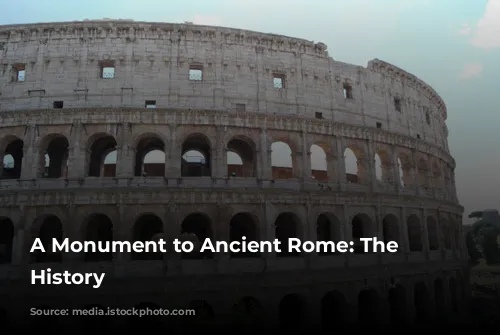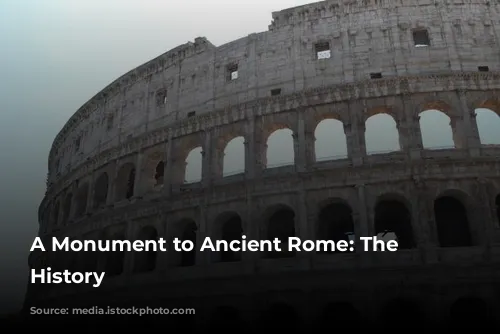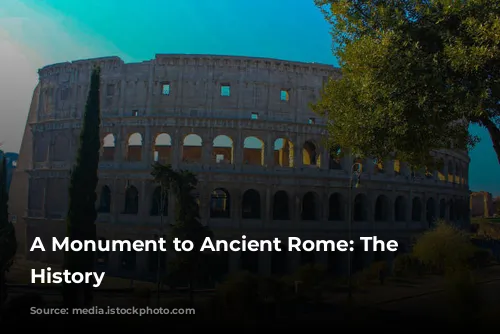The Colosseum stands tall today as a testament to the architectural and engineering prowess of the Roman Empire. It’s not just a magnificent structure; it’s also a significant contributor to Italy’s tourism economy. In 2018, the Colosseum, Roman Forum, and Palatine Hill attracted over 63 million dollars in revenue, making it the top tourist attraction in Italy. This ancient wonder continues to captivate visitors with its history and grandeur.
From Arena to Quarry: The Colosseum’s Transformations
After the fall of the Western Roman Empire, the Colosseum fell into disrepair. In the 12th century, the Frangipane and Annibaldi families transformed the arena into a fortified stronghold. The Colosseum’s fate took a dramatic turn in the late 15th century when Pope Alexander VI granted permission for its use as a quarry. For over a thousand years, the Colosseum faced neglect and plunder, only to be saved by state-funded restoration efforts that began in the 1990s.
A Legacy of Entertainment: The Colosseum’s Purpose
The Colosseum’s construction was part of a grand imperial project aimed at reinvigorating Rome after the turbulent year known as the “Year of the Four Emperors” in 69 CE. Following the pattern of other amphitheaters, Emperor Vespasian intended the Colosseum to be a center of entertainment, hosting gladiator battles, animal hunts, and even mock naval battles. It was meant to captivate and entertain the Roman populace.
From Construction to Completion: The Colosseum’s Rise
The Colosseum’s construction commenced under Emperor Vespasian between 70 and 72 CE. His son and successor, Titus, dedicated the completed structure in 80 CE. Emperor Domitian added the fourth story in 82 CE, completing the magnificent structure. The funding for this colossal project came from the spoils of war – the wealth seized from Jerusalem by Titus in 70 CE. Sadly, Jewish slaves from Judea were forced to labor on the Colosseum’s construction.
An Architectural Marvel: The Colosseum’s Design
The Colosseum, also known as the Flavian Amphitheatre, is an elliptical structure built with stone, concrete, and tuff. Rising to a height of four stories, it measures a staggering 620 by 513 feet, accommodating up to 50,000 spectators. The Colosseum’s most famous purpose was to host gladiator combat, showcasing the skills and courage of these warriors.
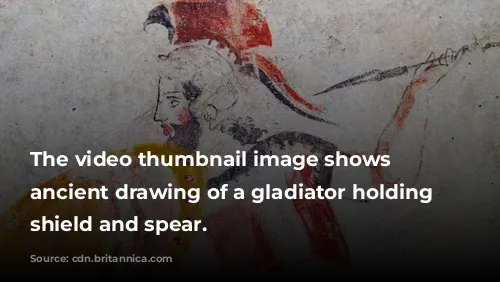
Location and Purpose: The Colosseum’s Significance
The Colosseum is located just east of the Palatine Hill, on the site of Nero’s Golden House. The artificial lake, a prominent feature of this lavish palace, was drained, and the Colosseum was constructed on its grounds. This location choice was as much symbolic as it was practical. Vespasian, rising from humble origins to the throne, aimed to replace the tyrannical emperor’s private pleasure with a public space that would unite and entertain the Roman people.

Construction and Design: The Colosseum’s Engineering Marvel
The Colosseum’s official dedication in 80 CE by Titus was marked with 100 days of games, showcasing the arena’s splendor and entertaining capabilities. Domitian’s final addition in 82 CE, the uppermost story, completed the Colosseum’s grand design. Unlike earlier amphitheaters, which relied on hillsides for support, the Colosseum is a freestanding structure of stone and concrete. It employs a complex system of barrel vaults and groin vaults, spanning a vast area of 620 by 513 feet. The three lower stories are ringed by arcades, framed by engaged columns following the Doric, Ionic, and Corinthian orders. This rising arrangement of columns influenced the Renaissance codification known as the assemblage of orders. The main structural framework and facade are crafted from travertine, while the secondary walls are made of volcanic tufa. The inner bowl and arcade vaults are reinforced with concrete.
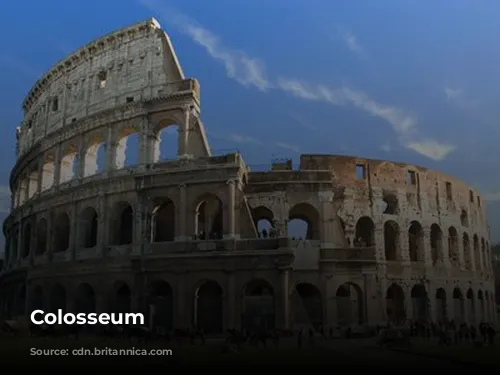
Spectator Experience: The Colosseum’s Amenities
The Colosseum seated approximately 50,000 spectators, shielded from the sun by a massive retractable awning called a velarium. Supporting masts extended from corbels, built into the Colosseum’s top story, requiring hundreds of Roman sailors to manipulate the rigging, extending and retracting the velarium. The Colosseum witnessed thousands of hand-to-hand combats between gladiators, contests between men and animals, and even spectacular mock naval engagements. However, the truth about whether the Colosseum was the site of early Christian martyrdom remains uncertain.

From Glory to Neglect: The Colosseum’s Later Years
In medieval times, the Colosseum was converted into a church, then served as a fortress for two prominent Roman families, the Frangipane and the Annibaldi. The Colosseum suffered damage from lightning and earthquakes, and further decay due to vandalism and pollution. The marble seats and decorative materials were stripped away, the Colosseum treated as a quarry for over a thousand years. Preservation efforts began in earnest in the 19th century, led by Pope Pius VIII. A major restoration project took place in the 1990s.
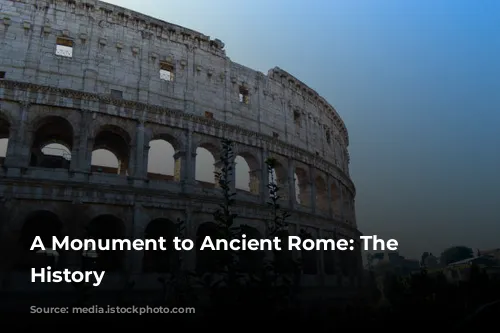
A Timeless Icon: The Colosseum’s Legacy
The Colosseum is a major tourist attraction in Rome, welcoming nearly seven million visitors annually. Regularly changing exhibitions about ancient Roman culture further enrich the visitor experience, providing a deeper understanding of the past. As one of the few remaining intact structures from the Roman Empire, the Colosseum stands as a powerful symbol of the past and a testament to the enduring legacy of the Roman Empire. It continues to captivate and inspire visitors from all corners of the world, reminding us of the power and ingenuity of ancient Rome.
